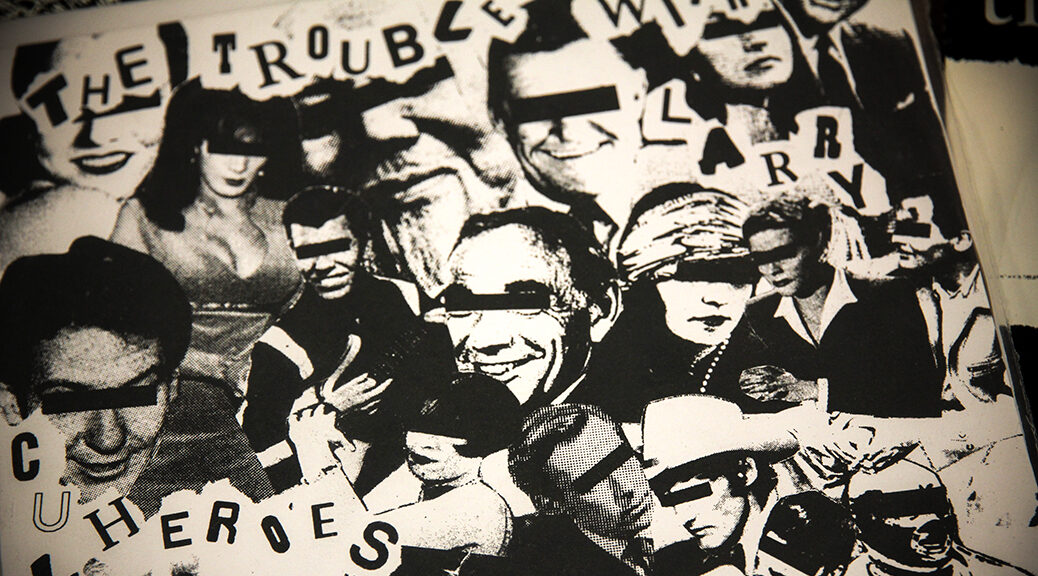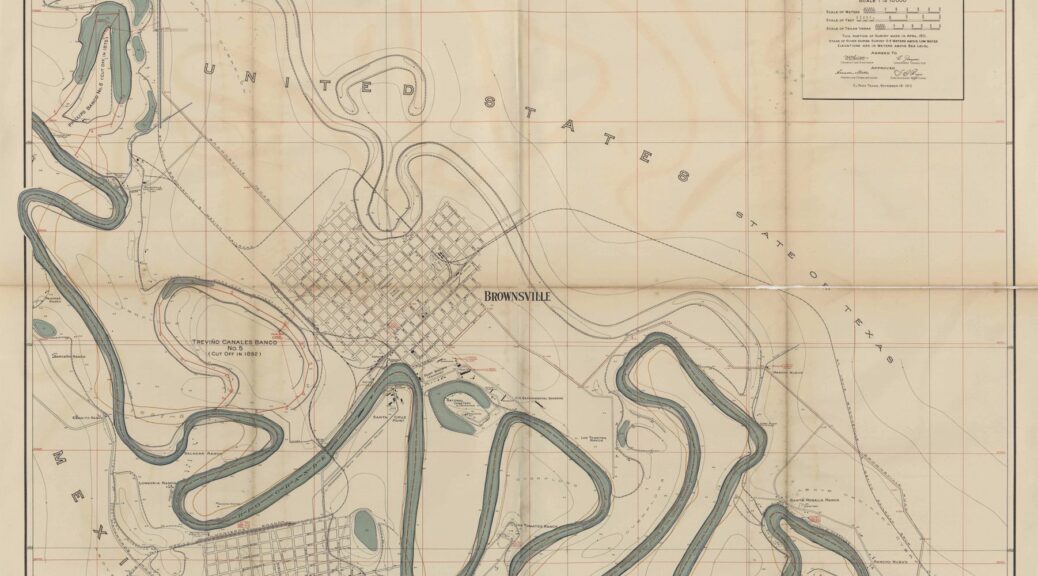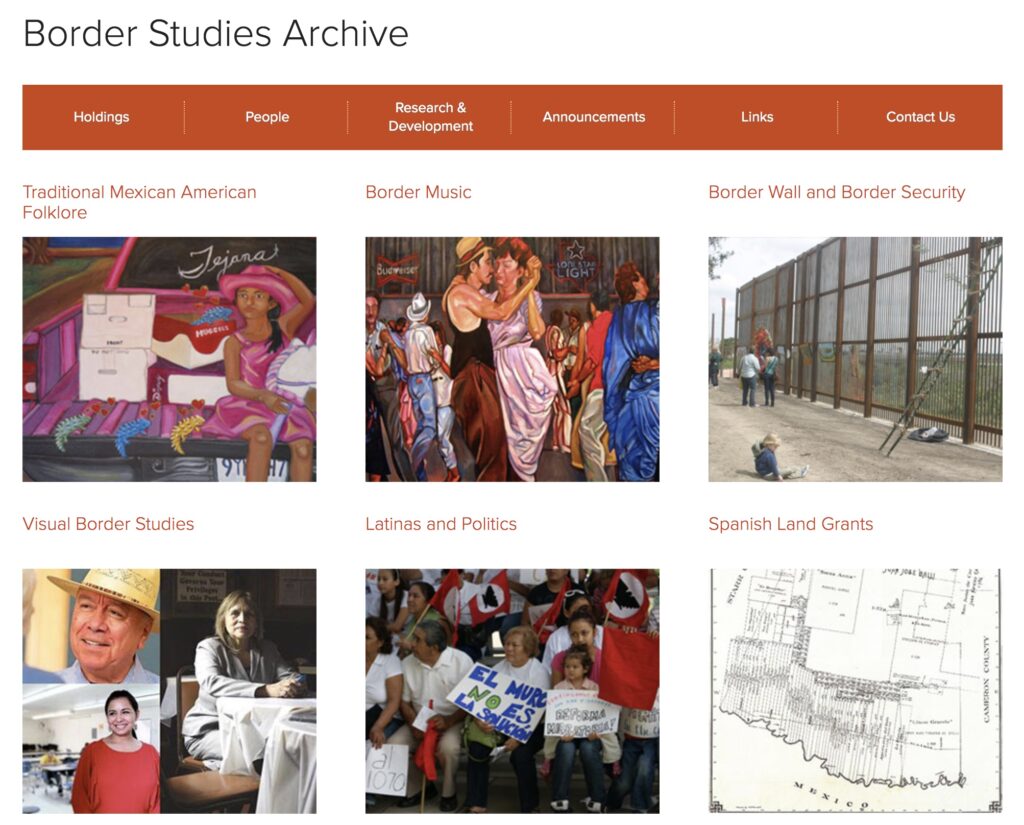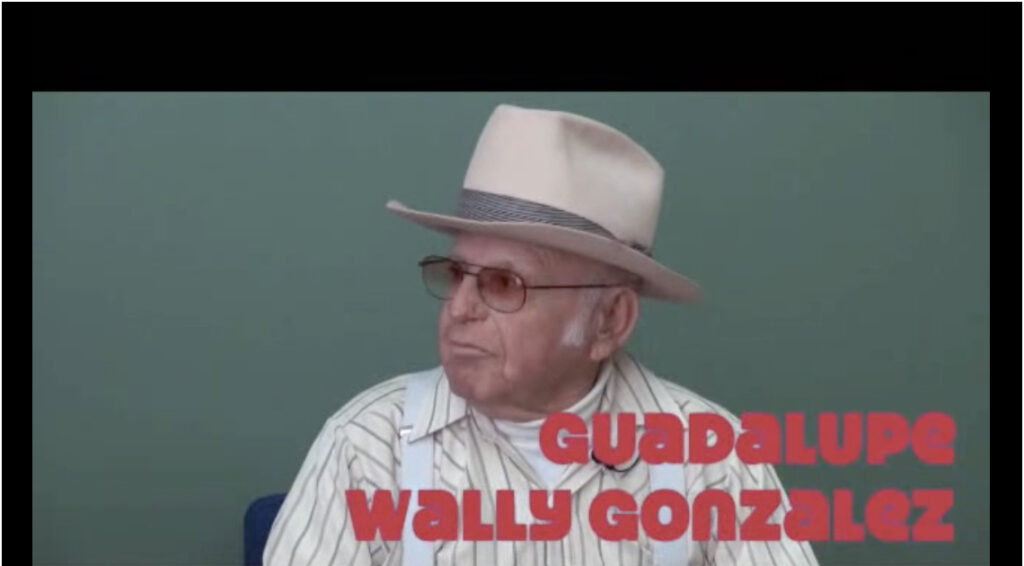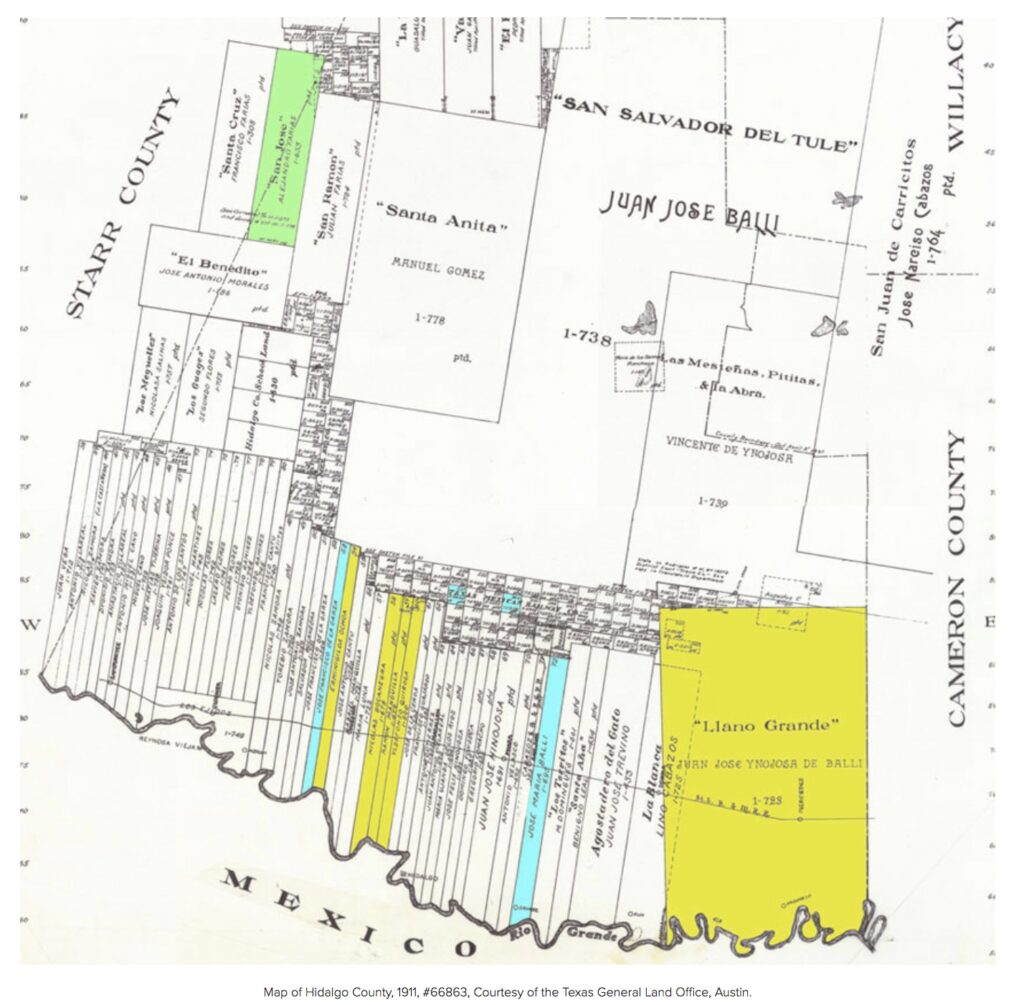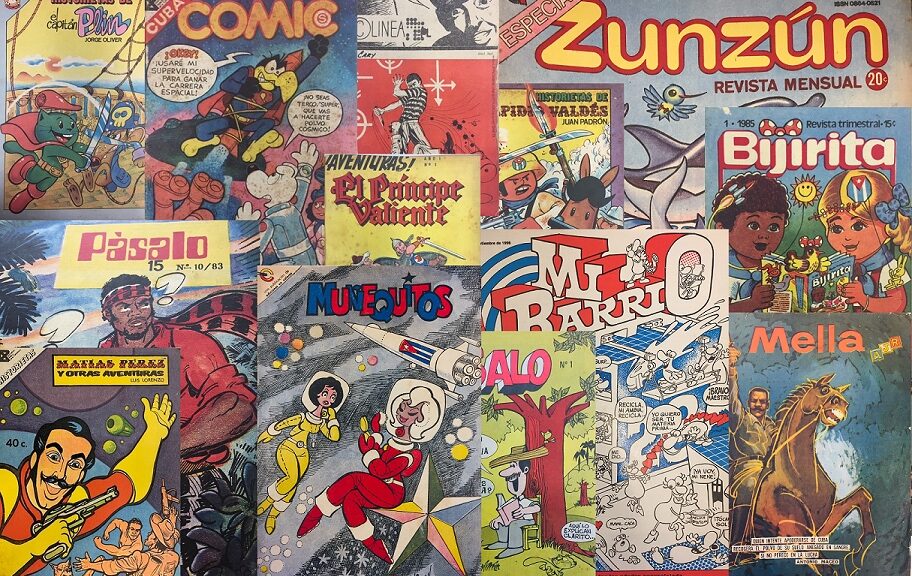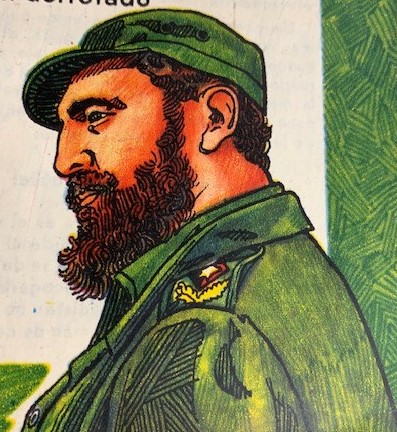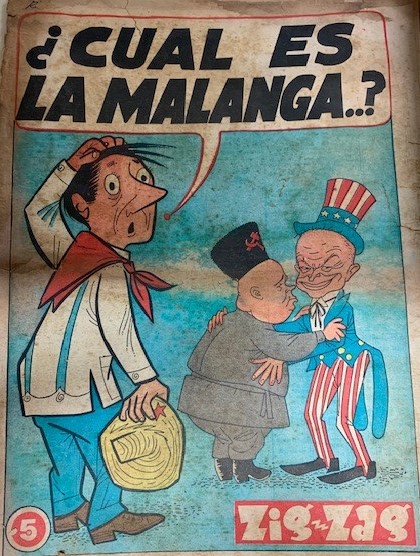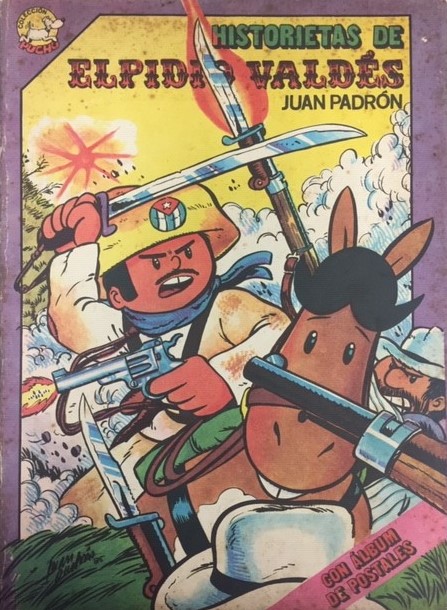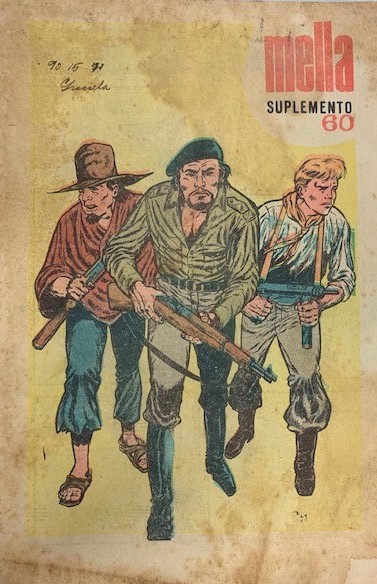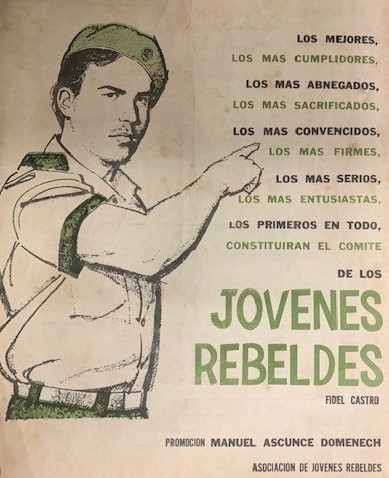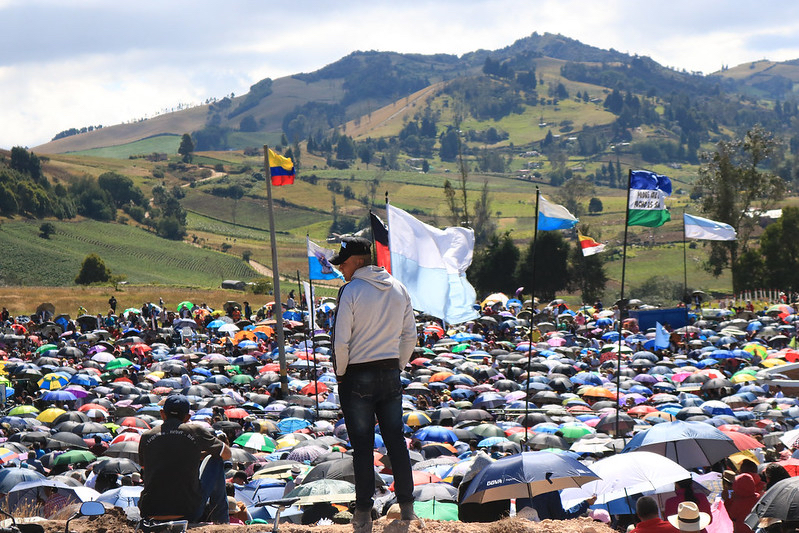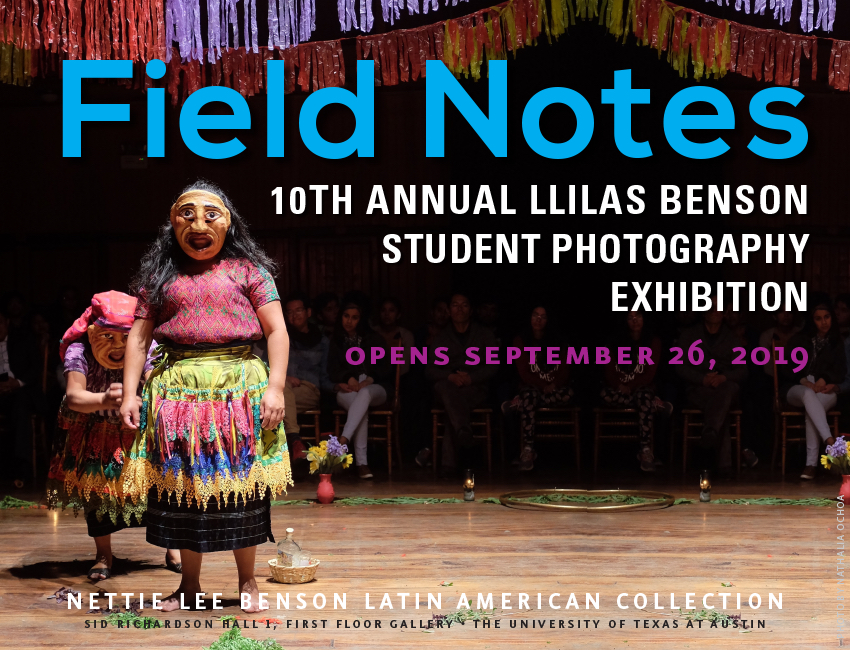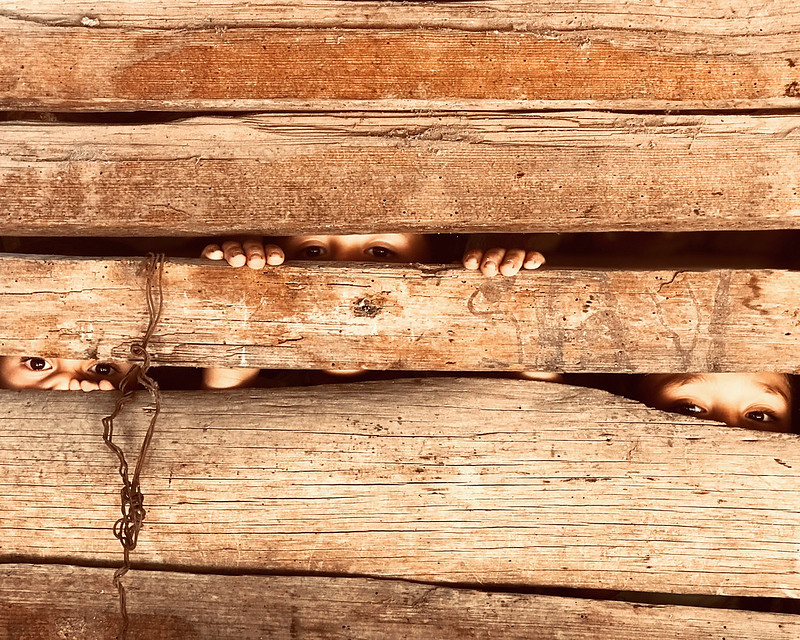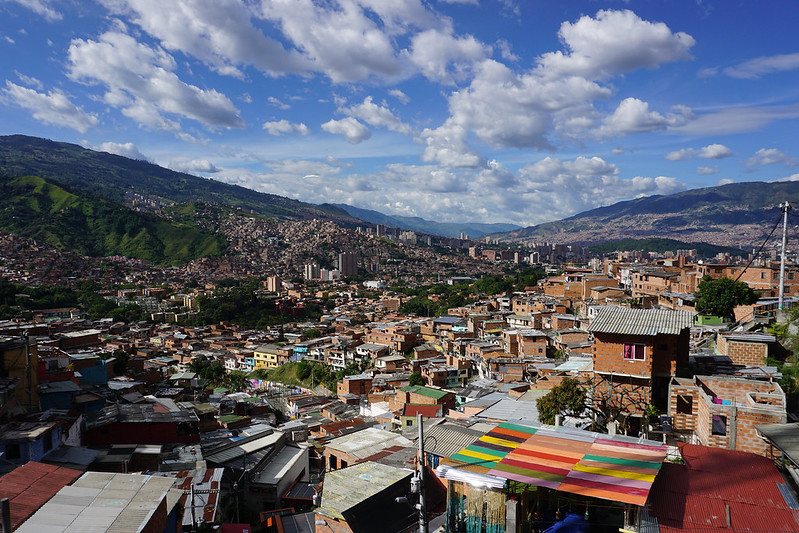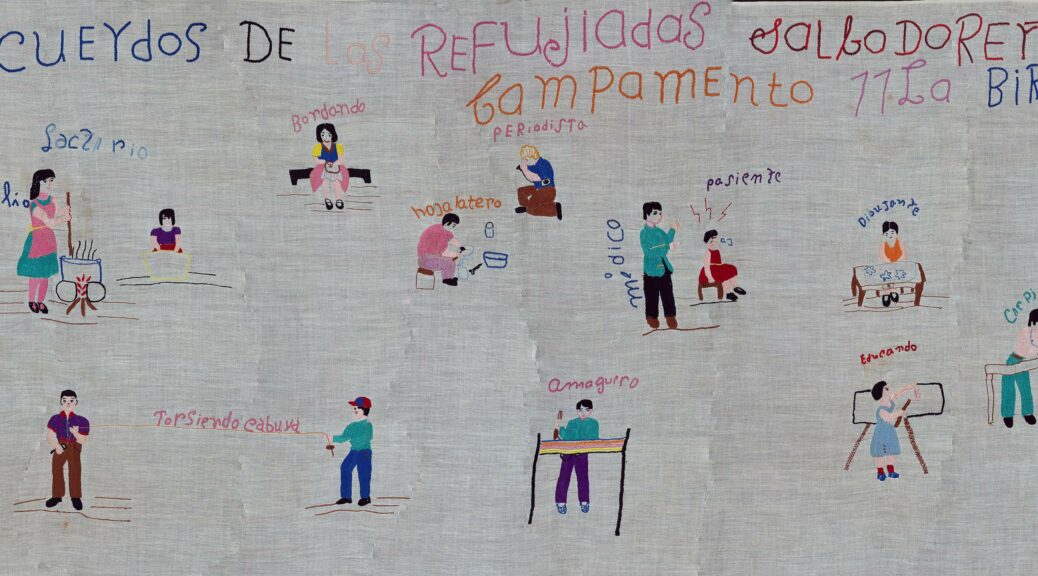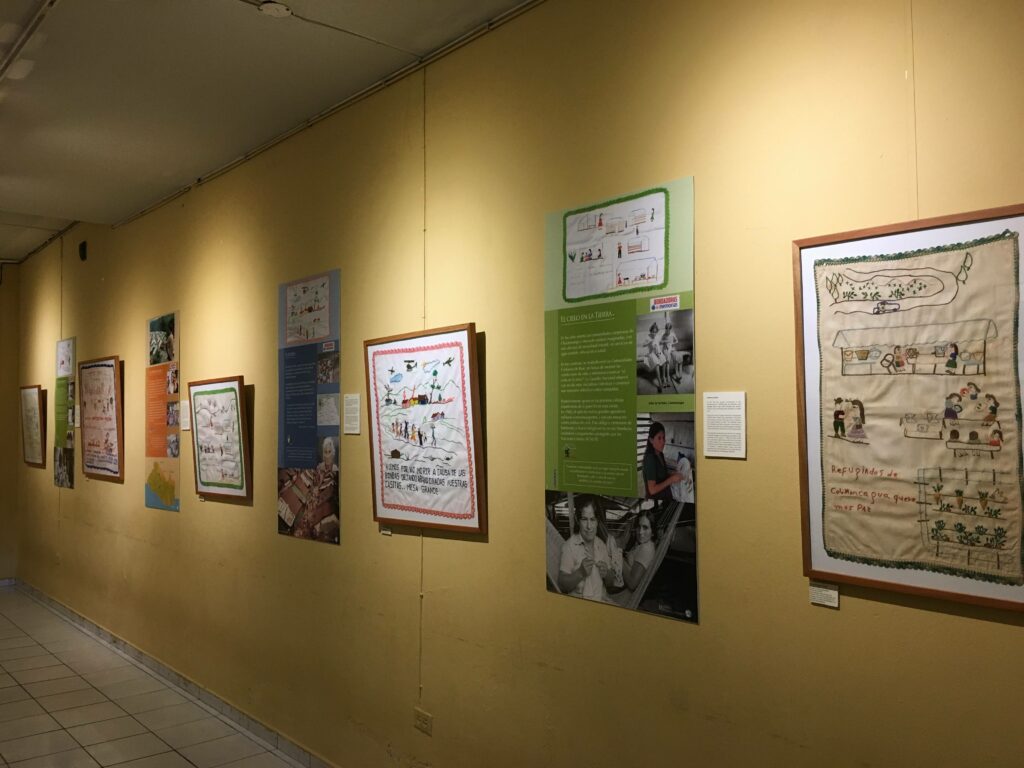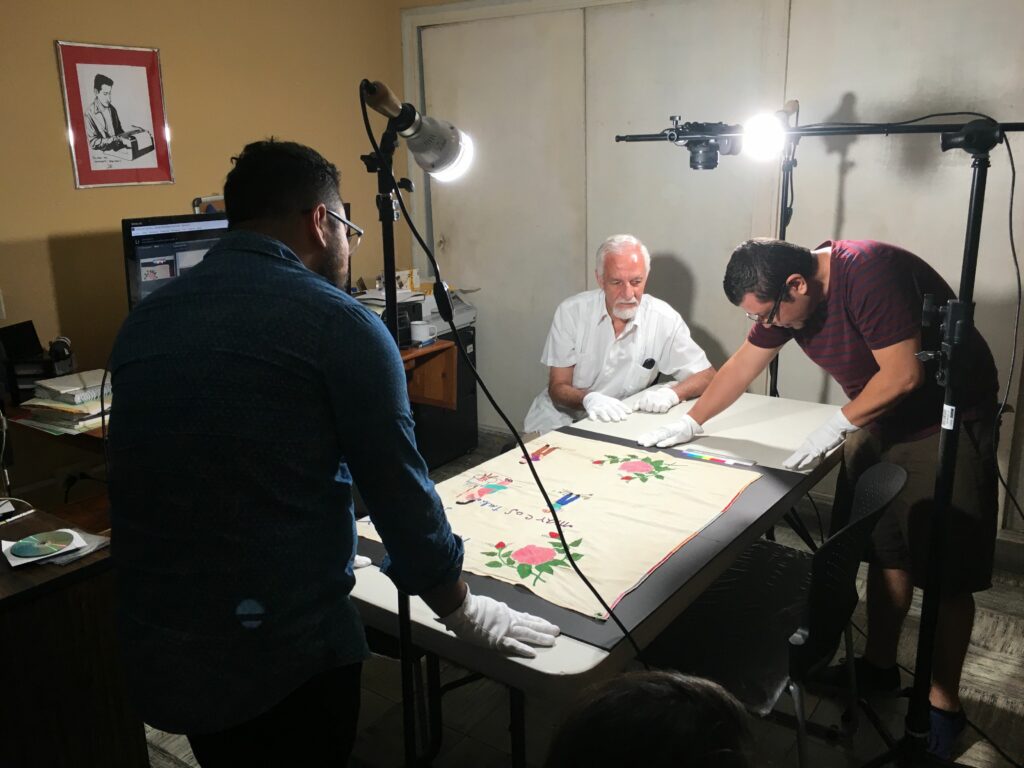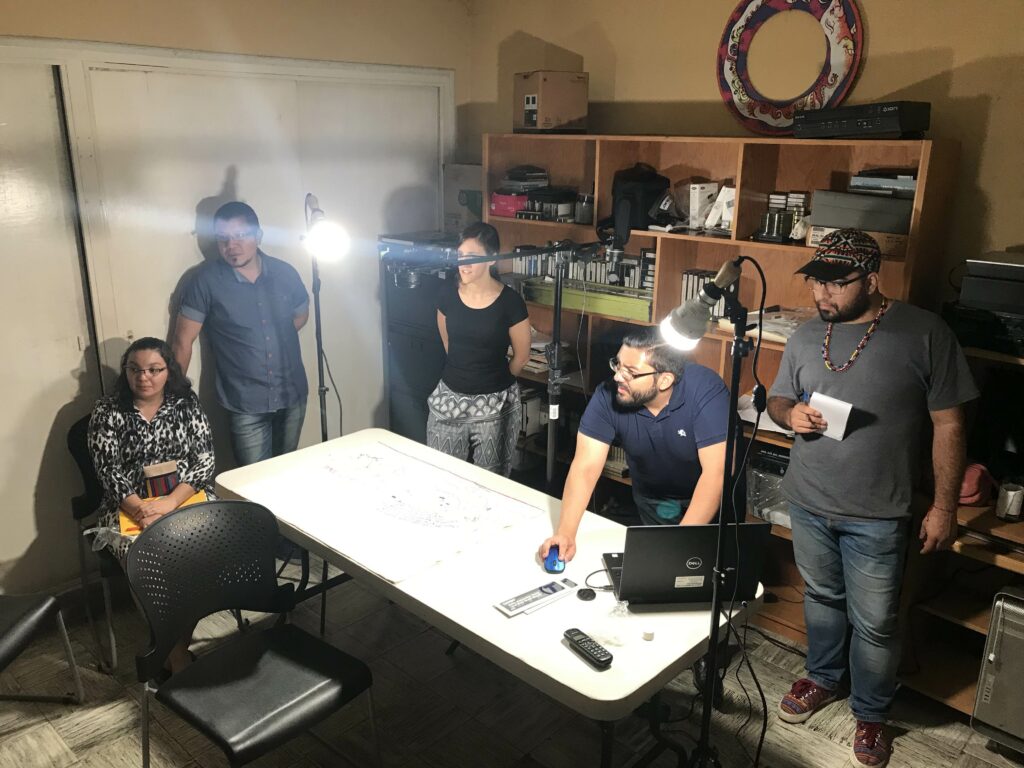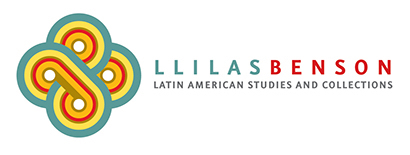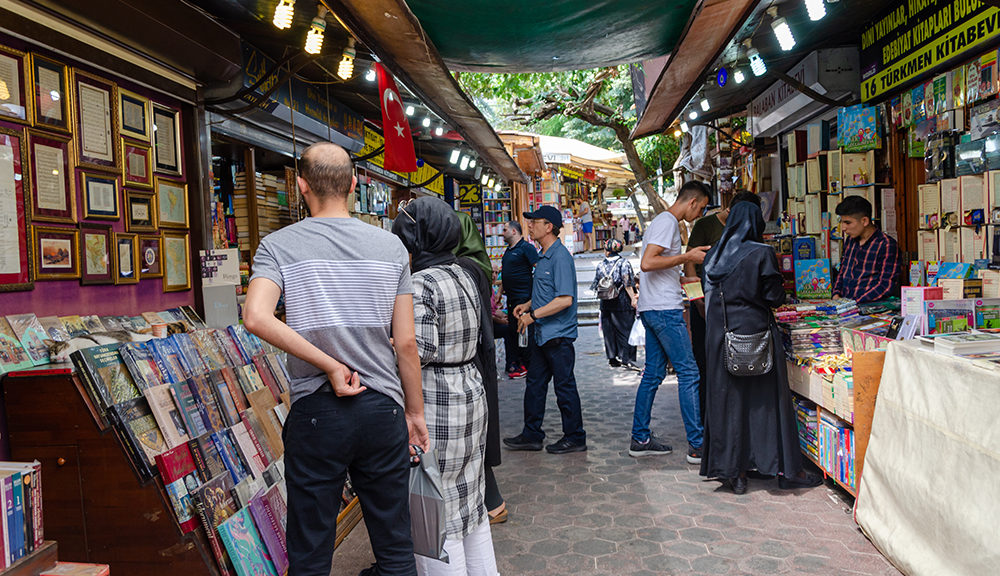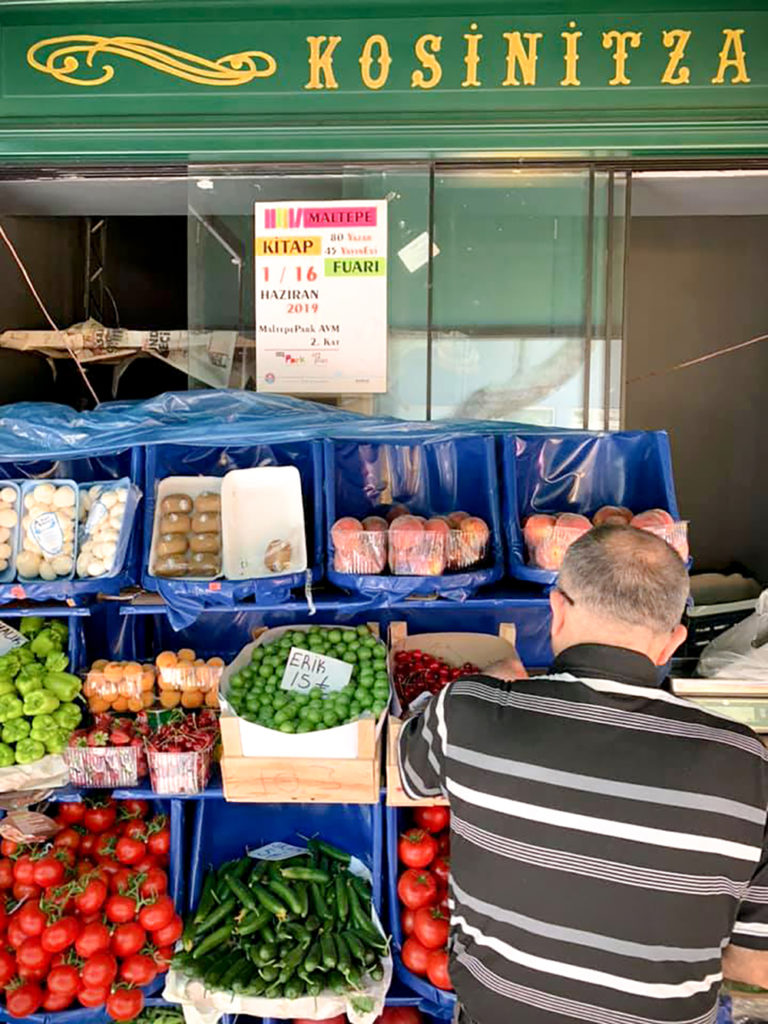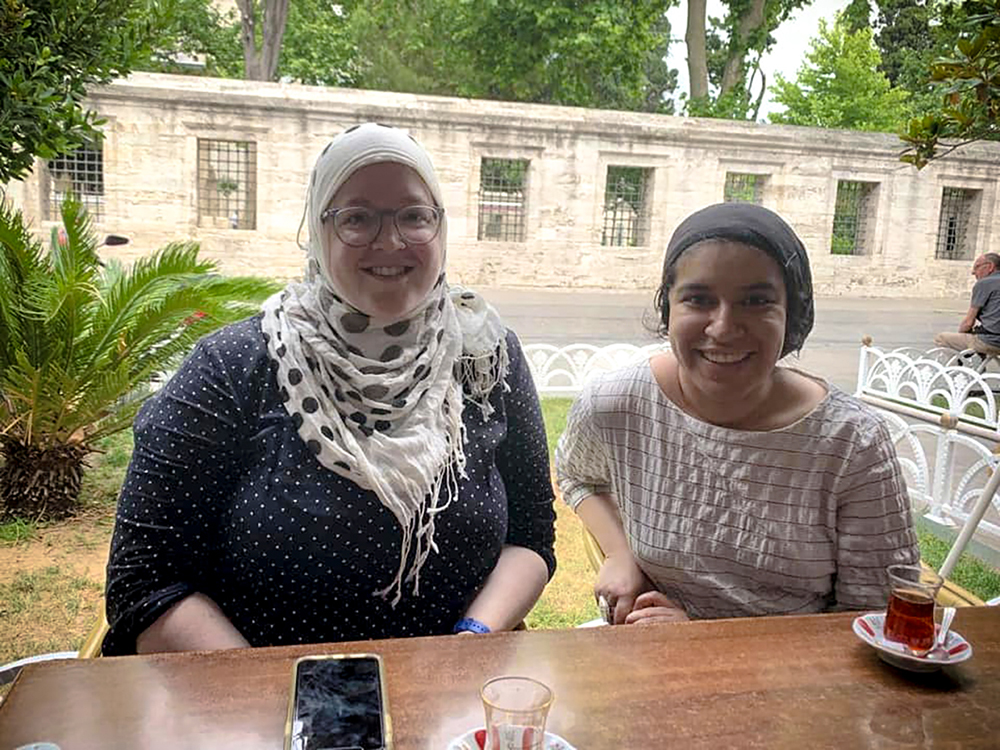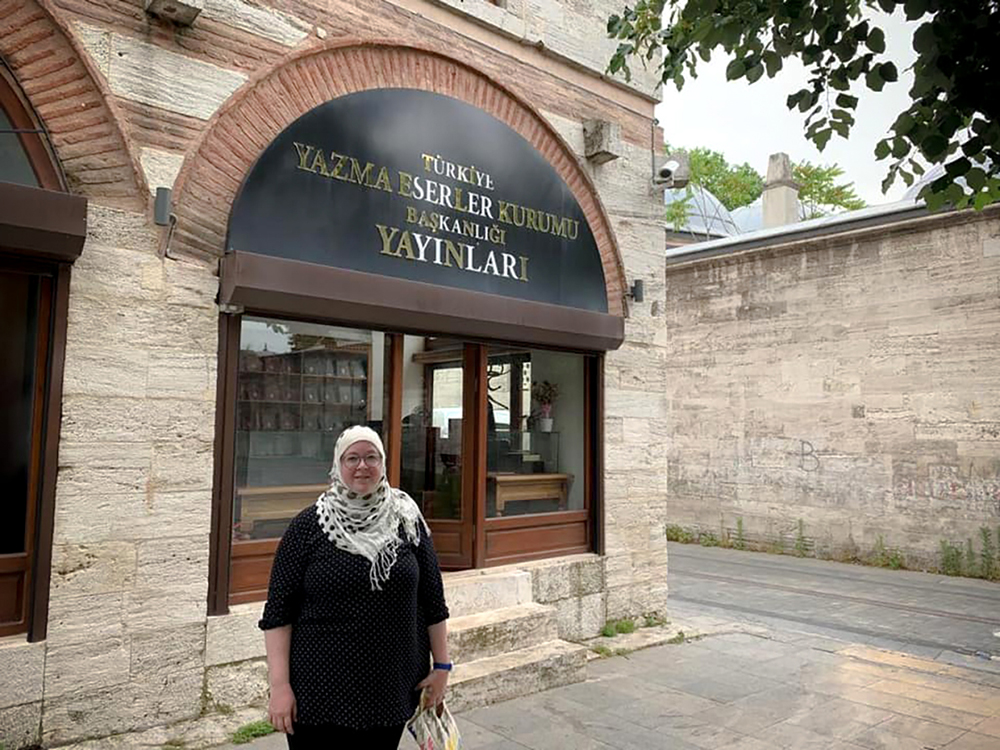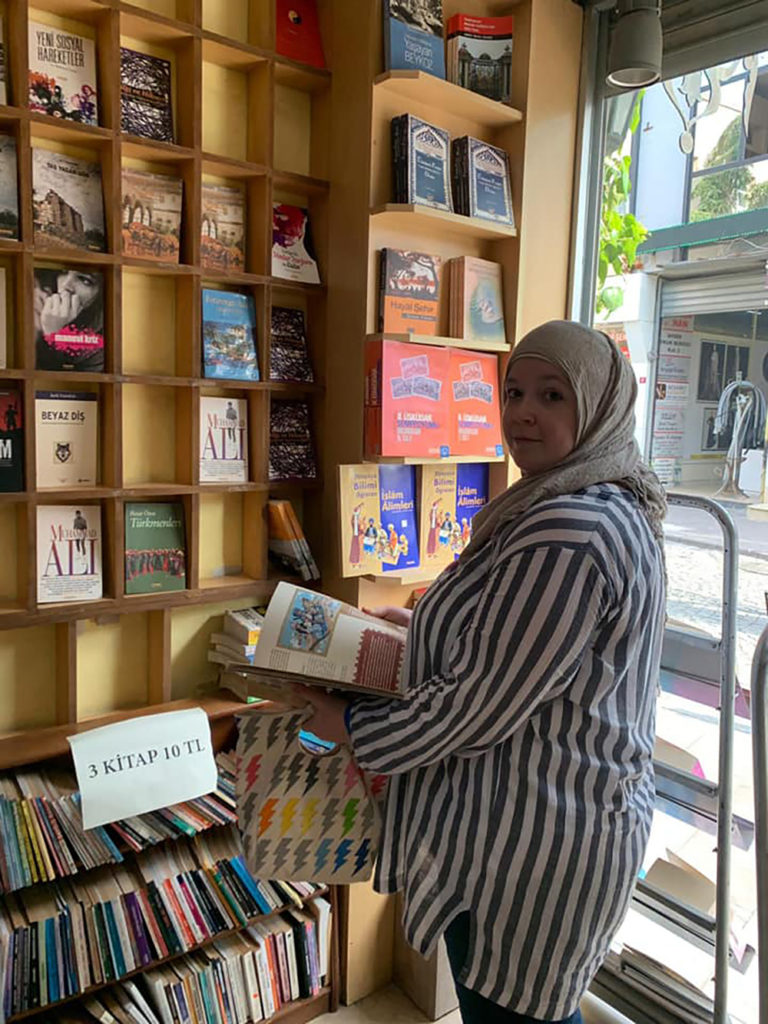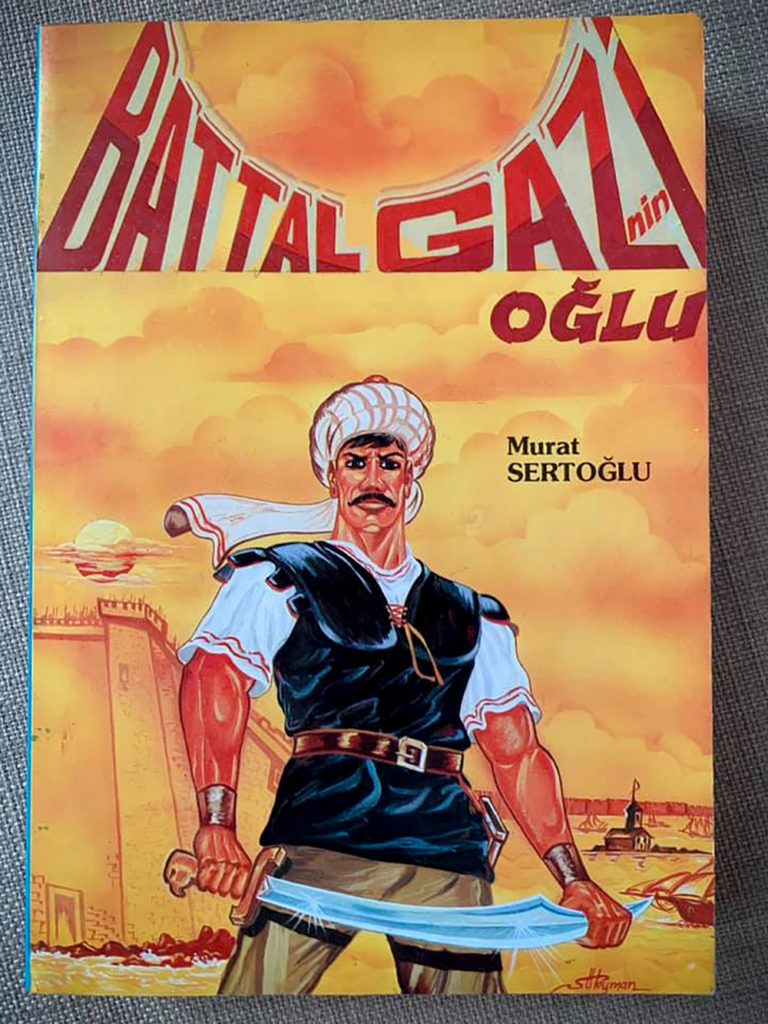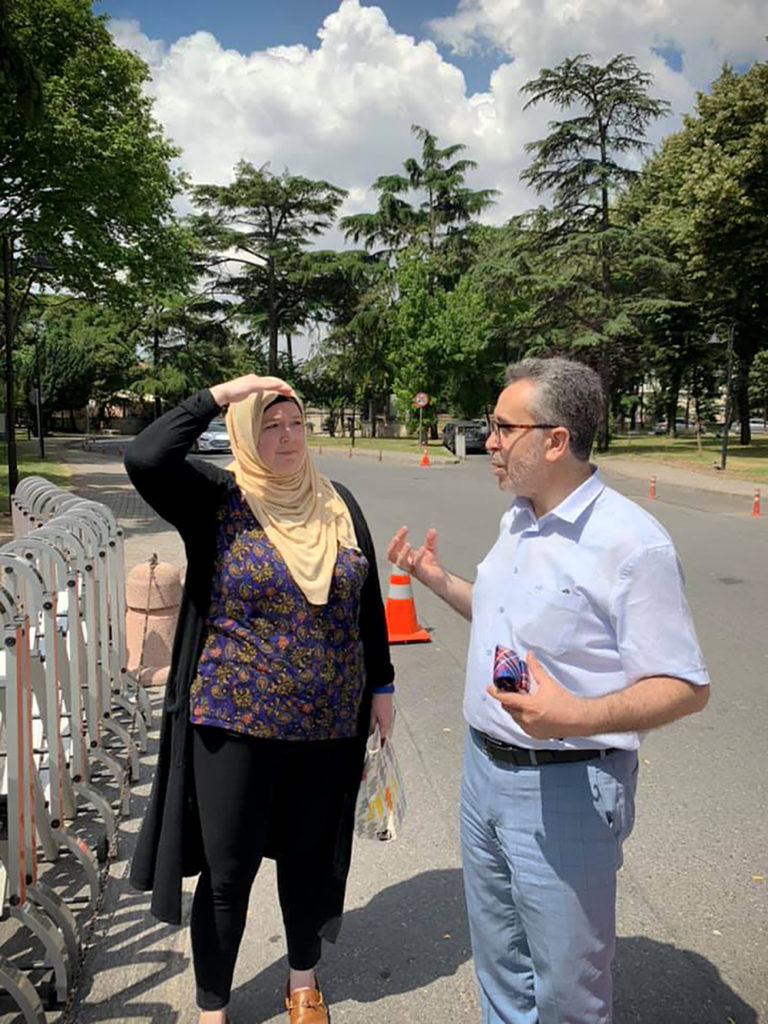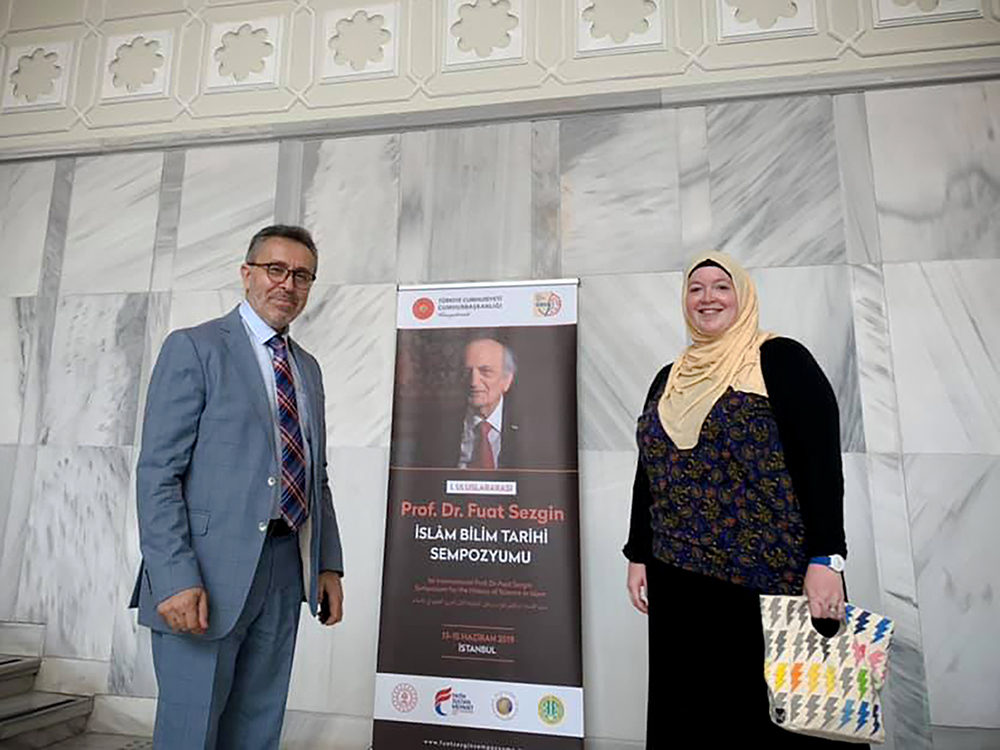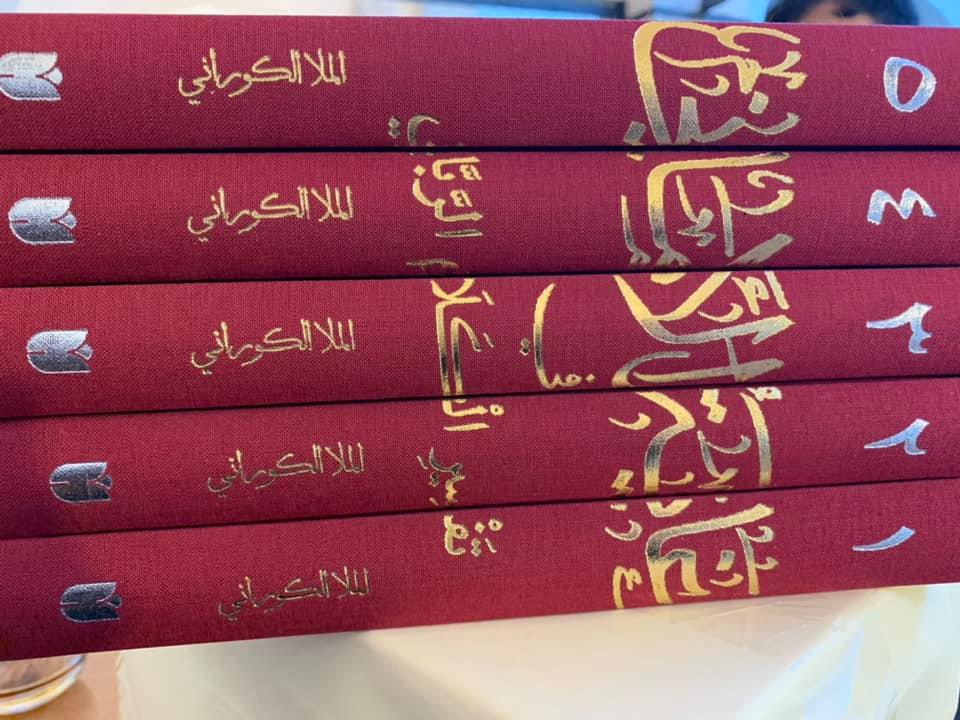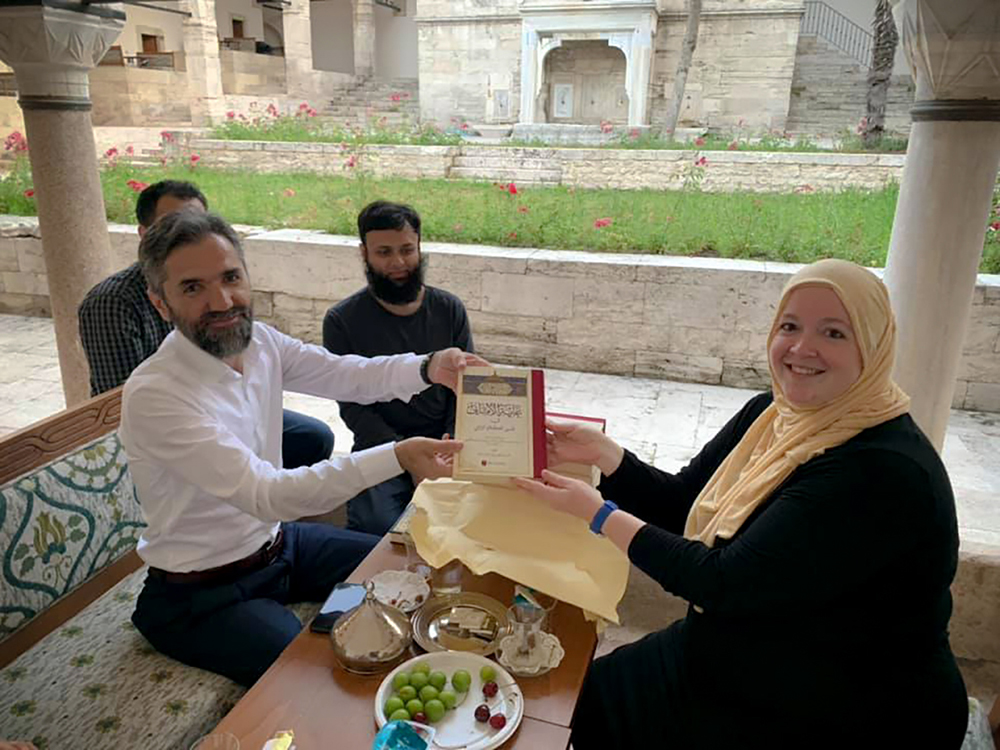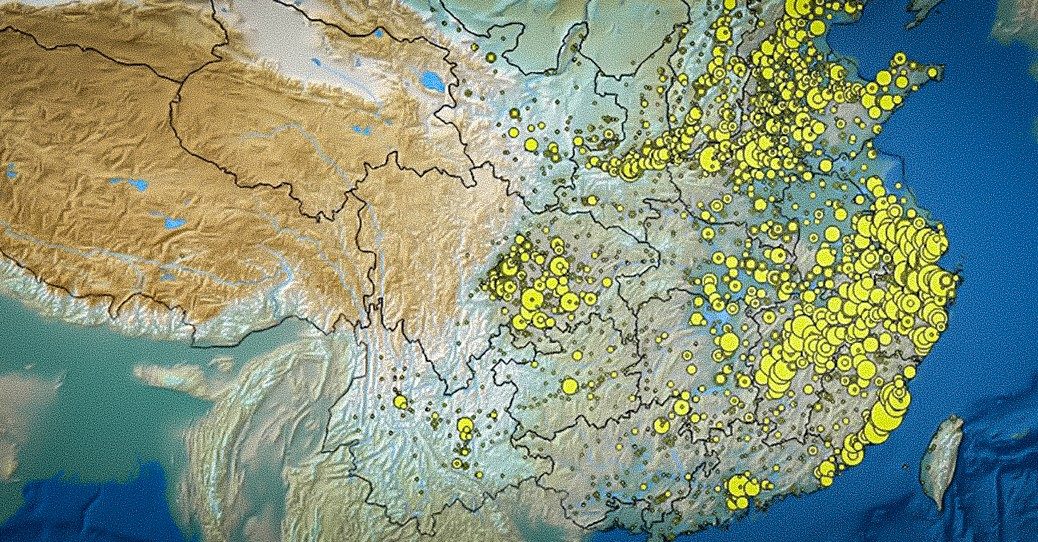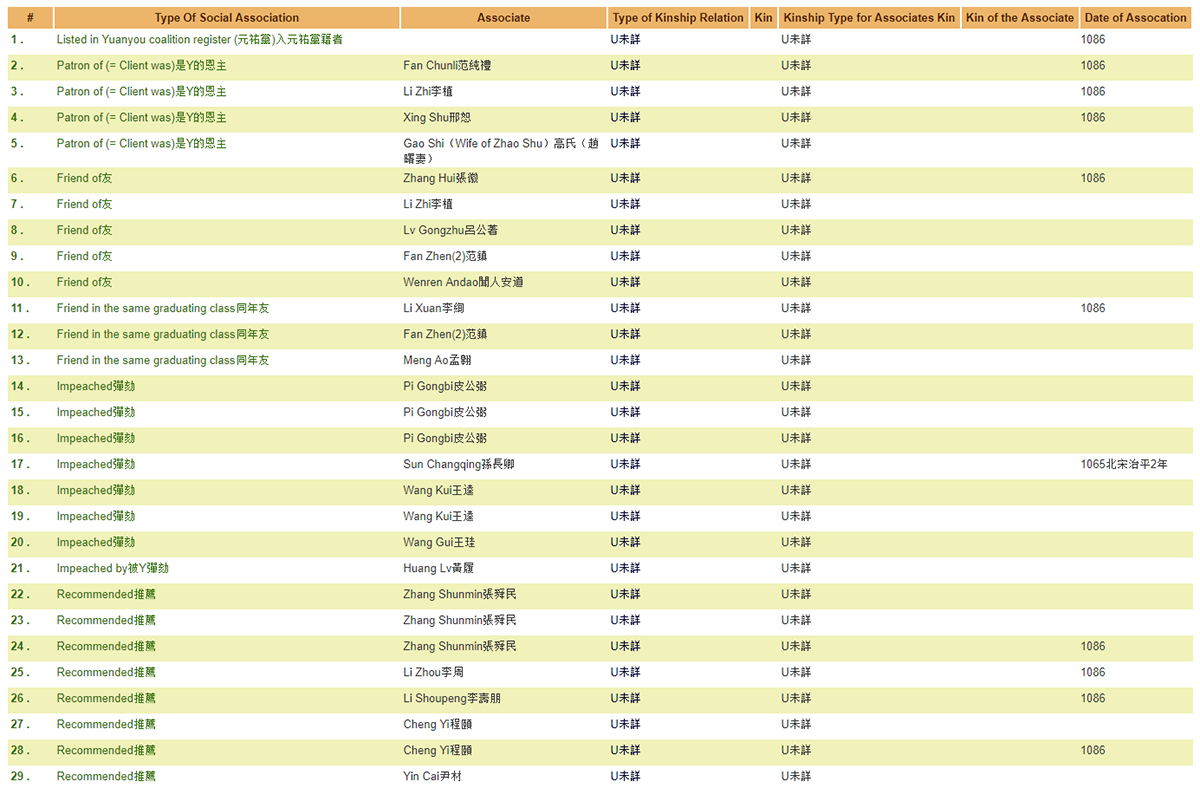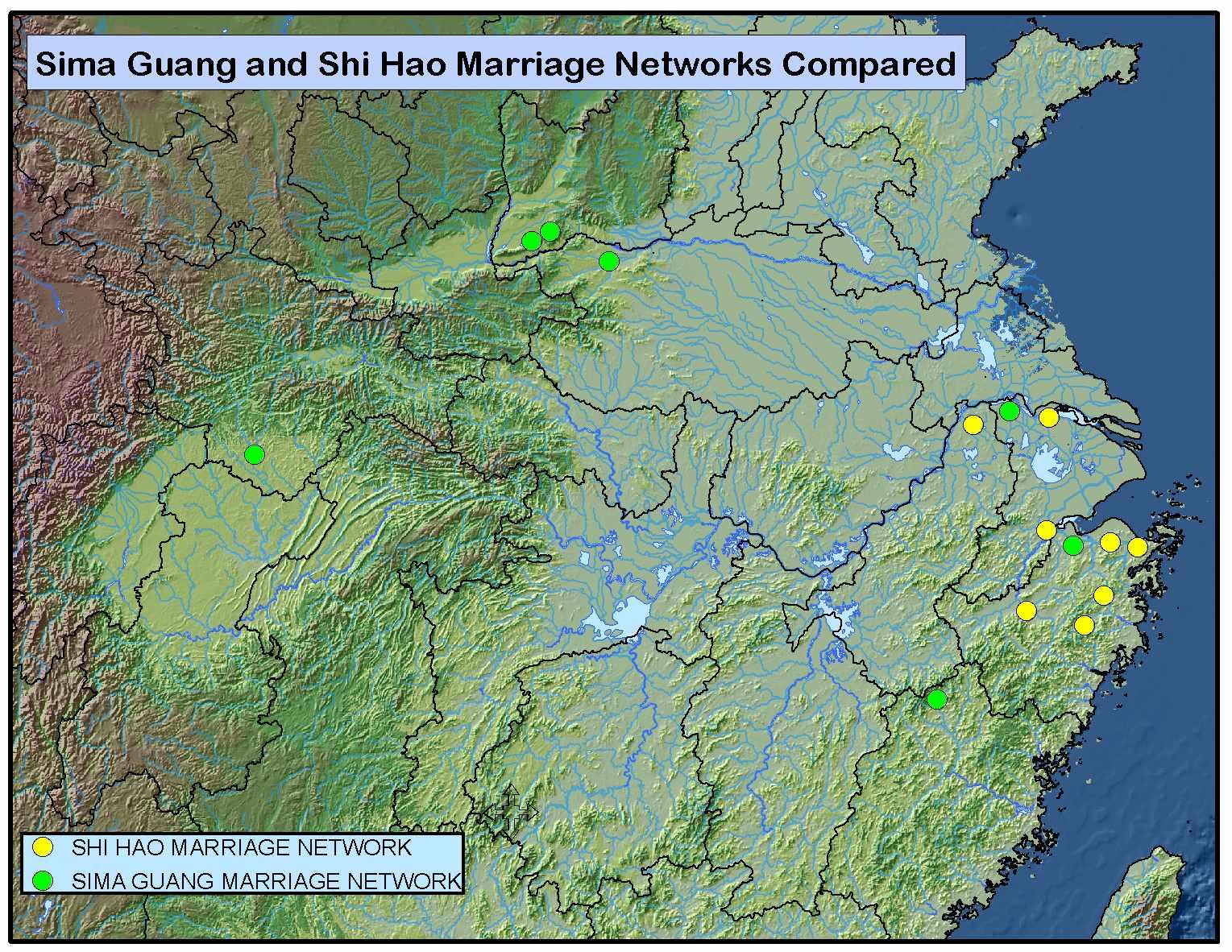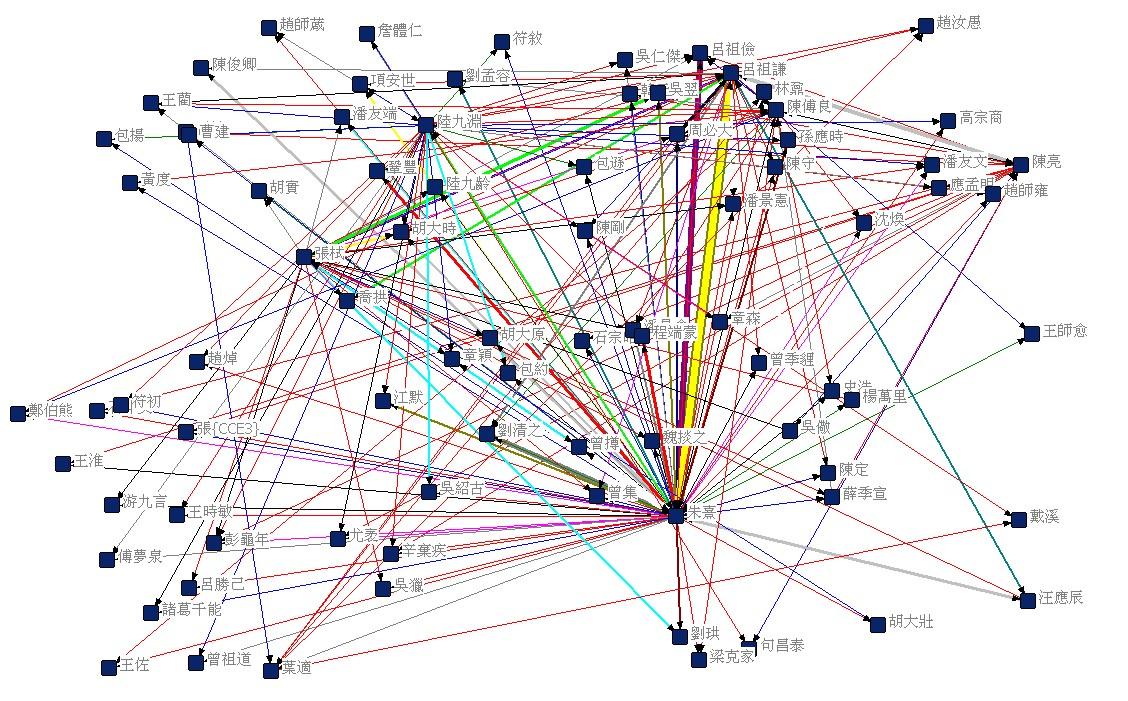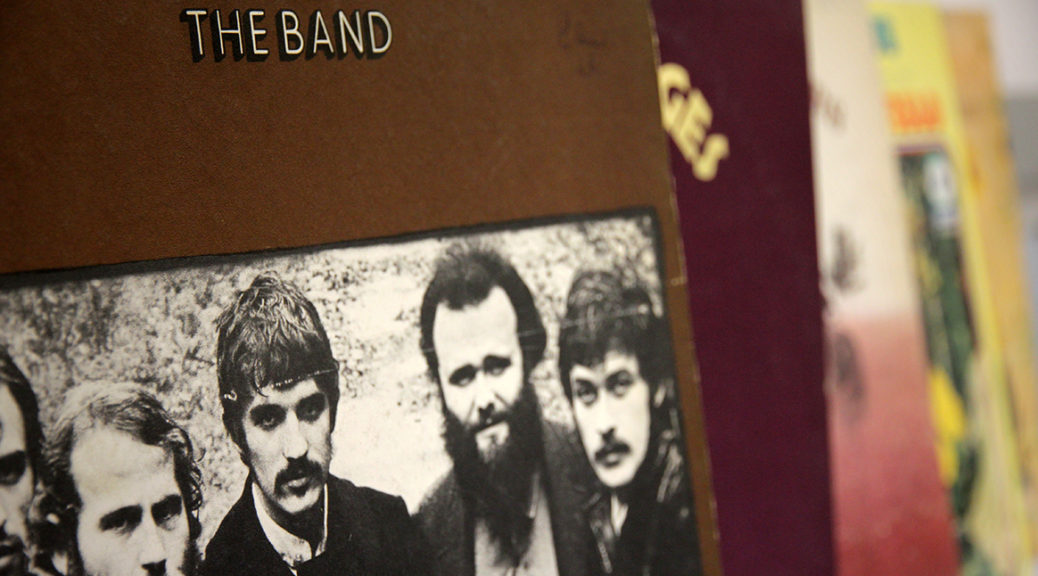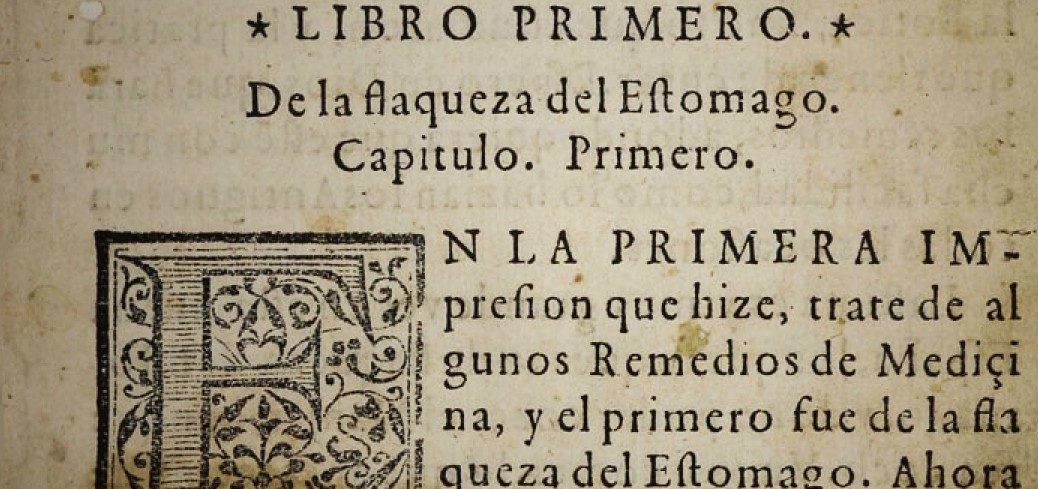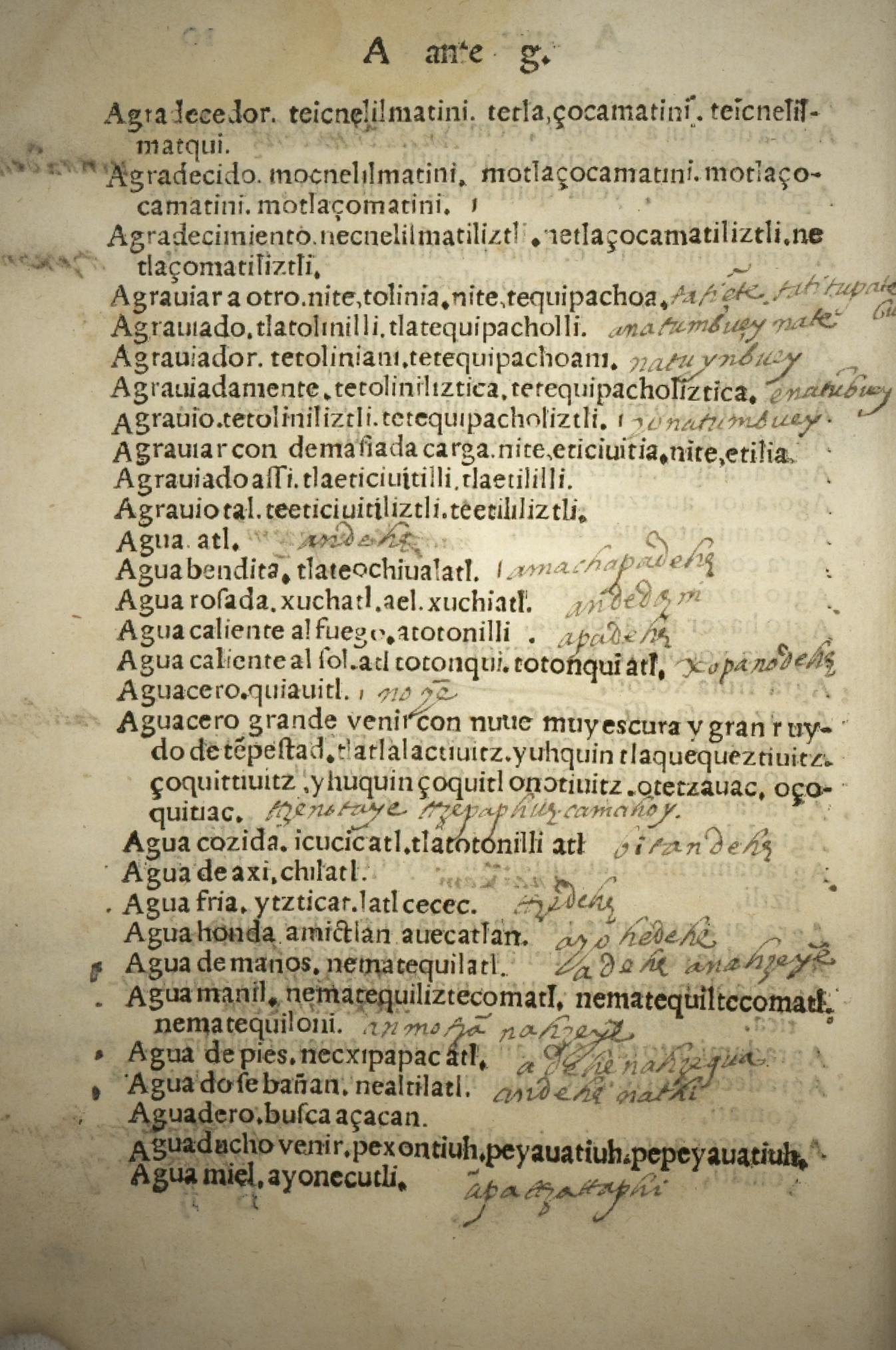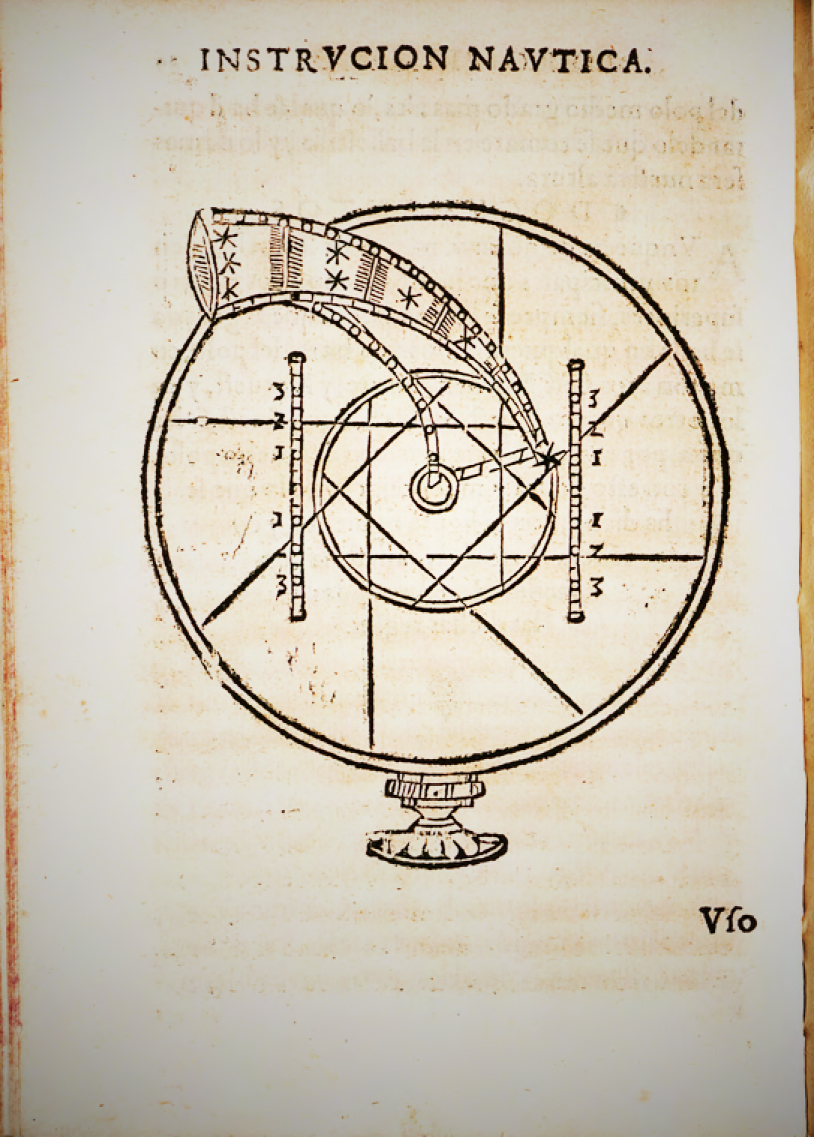Resident poet and rock and roll star Harold Whit Williams is in the midst of a project to catalog the KUT Collection, obtained a few years ago and inhabiting a sizable portion of the Historical Music Recordings Collection (HMRC).
Being that he has a refined sense of both words and music, Whit seems like a good candidate for exploring and discovering some overlooked gems in the trove, and so in this occasional series, he’ll be presenting some of his noteworthy finds.
Earlier installments: Take 1, Take 2, Take 3, Take 4, Take 5, Take 6
Laika & the Cosmonauts / Local Warming
Available at Fine Arts Library On Site Storage
The genius of this Finnish group (1987-2008) was not only that they imported masterful instrumental takes on American surf garage rock back into our record stores, but that they also delivered blistering live shows to prove their point. Local Warming keeps it in cruise control with Sci-Fi guitars, greasy organ hooks, and a punkabilly rhythm section. The vibe veers off into prog and post rock at times, but thankfully never strays too far off the futuristic retro path. Crank up the old hovercraft and blast these instant classics!
Greg Trooper / Floating
Available at Fine Arts Library On Site Storage
Heart on its sleeve country-rock from a troubadour lifer, the late Greg Trooper. Having penned songs for Vince Gill, Steve Earle (who provides a true fan’s liner notes), Billy Bragg and others, Trooper showcases his beefy baritone on these tough and touching jukebox-worthy originals. Forthright yet dreamily reflective lyrics reveal river-deep themes swirling around love and loss. Masterfully recorded and produced by Americana heavyweight Phil Madeira.
13Ghosts / Cicada
Available at Fine Arts Library On Site Storage
This Birmingham, Alabama duo flew low enough under the music biz radar to miss out on fame, but high enough to attract critical accolades. On this stylistically sprawling 21 track album, Brad Armstrong and Buzz Russell share songwriting duties, and while both are lyrically rooted in southern gothic, the music swerves back and forth – sometimes abruptly – between lo-fi avant pop rock and brooding folk. Think Mark Linkous and Elliot Smith (both ghosts themselves) fussing over fuzz pedals and tape loops in some creaky pineywoods cabin. Or better yet, don’t think. Just tune in and tag along on this richly rewarding backroads trip.
Mal Waldron / Soul Eyes : The Mal Waldron Memorial Album
Available at Fine Arts Library On Site Storage
Not quite the jazz household name as Monk, Bud, or Duke, Waldron was most certainly that special musician’s musician, as well as an accomplished composer and sideman to the likes of John Coltrane, Charles Mingus, and Billie Holliday. This compilation spotlights Mal as both solo artist and house pianist for Prestige Records by showcasing various tracks from the Prestige All-Stars, hard-bopping alongside Coltrane and Webster Young, Steve Lacy and Eric Dolphy. Elegant, melodic, classic bop. Essential listening for even the most casual of jazz fans.
Nina Nastasia / Dogs
Available at Fine Arts Library On Site Storage
Minimalist chamber folk from Los Angeles singer-songwriter Nastasia. On this, her first album, the musical moodiness is captured clean and bright by Steve Albini’s bone-dry and in your face production. Hints of dissonant strings and the occasional dark drums/goth guitar combo (“Roadkill,” “Nobody Knew Her,” “Jimmy’s Rose Tattoo”) help to cut the treacle of Nastasia’s almost too-sugary sweet vocals. Legendary BBC DJ Jon Peel declared the album “astonishing.”
[Harold Whit Williams is a Content Management Specialist in Music & Multimedia Resources. He writes poetry, is guitarist for the critically acclaimed rock band Cotton Mather, and releases lo-fi guitar-heavy indie pop as DAILY WORKER.]

